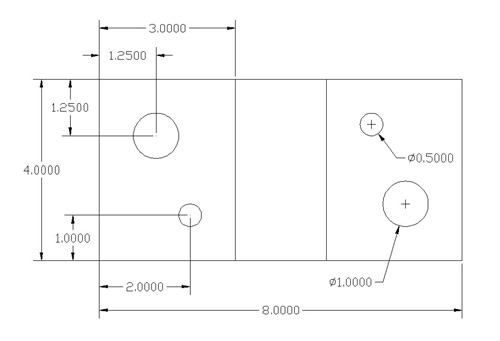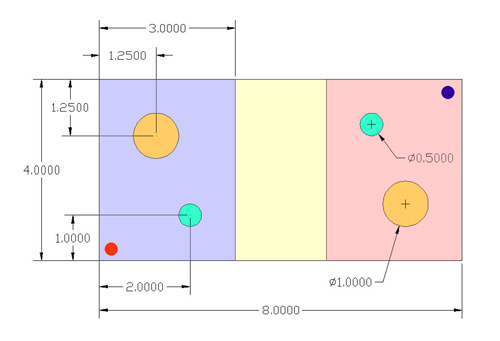TAs: Debbie Hugh, Kristopher Borer, Colin Rothwell, Lawrence Lee, Gustav Johnson, Prameet Shah, James Auwaerter, Thomas Matteo, Jack Wu, Neil Halelamien, John Davin, Yanka Li, and Zeus Castro.
Introduction:
This final competition is a head-to-head tournament where each team will build a smart, autonomous robot to outwit its opponent's in obtaining balls.
The purpose of this lab is to show off your team's ability to make intelligent robots and to have fun!
Challenge Statement:
In this lab you will build an autonomous mobile robot within the constraints given below. You will be given the layout of the world beforehand.
By then end of 5 minutes, your robot must have more balls in its goal zone than its opponent in order to win the competition.
You can determine how much, if any, sensor based or coverage planning your robot will utilize.
Design Criteria:
For optimal navigation through the world, your robot should stay within the following constraints:
Width: 7 "
Length: 7 "
Height: No Limit
Details:
The world will have the following dimensions (all measurements in feet):

Note that there is at least a 9 " clearance around all obstacles. There will be 21 white ping pong balls which will begin in the center, neutral zone. Robots will begin at opposite corners of the playing field with their goal zones on the opposite side of the field. The goal of the game is to get as many balls into your goal zone at the end of the time limit.Colored Version:

Red team begins in the lower left of the board and has a goal zone on the opposite side. Blue team will begin in the top right corner and will have to move balls to the other side. The center, peach zone, is the neutral zone. All balls will begin in this area but will not count toward either team's points.
The Obstacles:
Shallow Holes:

Diameter: 1'
Depth: 15mm (~1/4 height of ping pong balls)
Placement: farther back from the neutral zone but easy to get balls in and out of.
Number of Balls Held: >20
Deep Holes:

Diameter: 6"
Depth: 40mm (~height of a ping pong balls)
Placement: closer to the neutral zone but harder to remove balls from.
Number of Balls Held: ~6
Neutral Zone:

Randomly distributed wooden rods 1/16" or 1/8" in diameter throughout the width of the board. All balls begin in this zone however, any balls left at the end of the round do not count toward points. The white strip down the center consisted of small holes with air that can push ping pong balls into the air.
Sensing Abilities:
The Field: The entire field will be painted black for easier detection of the balls.
Balls: There will be 21 white ping pong balls that are detectable through IRSensors
Lights: On one side of the field, there will be a lightbulb. Teams can use this to identify which side of the field they are currently located.
Holes: All holes will be at a depression so robots have the option of using touch sensors to locate them. Note that you also know their location ahead of time.
Evaluation:
At the end of the 5 minute round, the team with the most balls in their goal zone wins. If at any point during the game, a robot becomes flipped over for 30 seconds, the robot may be reset to its start position.
Lab 10 Grading Sheet
